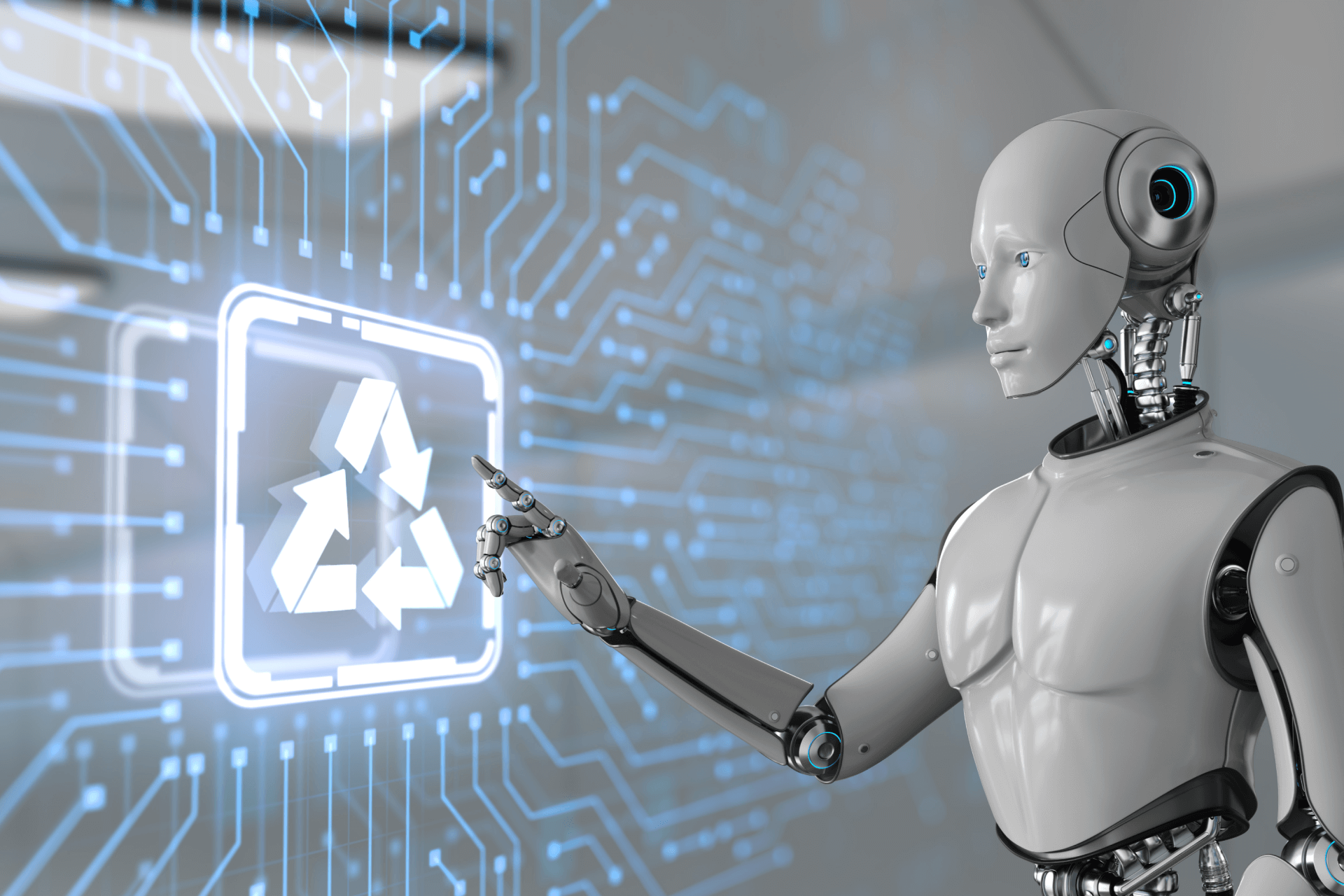How AI Robots Can Help Us Recycle
The green economy, like any other progressive industry, develops not only traditional infrastructure but is actively experimenting with advanced technologies, most notably, artificial intelligence. One of the most interesting use cases for AI in the industry is smart waste sorting, which can improve the efficiency of waste recycling.
According to the European Union, the average European produces about five tonnes of waste a year, but only 38% of that gets recycled. Over 36% of all EU waste comes from construction. The waste that cannot be recycled goes to incineration plants that produce greenhouse emissions. One of the reasons so few materials are recycled is that in many situations it is unclear whether or not an item can be recycled. There is simply not enough information about the contents of the material. One company, ZenRobotics, is trying to streamline the recycling process by making it easier to sort through all of the materials and find the items that can be recycled.
Let’s take a closer look at how AI robots can help us recycle and the data annotation that is necessary to allow them to do their jobs correctly.

How Can Robots Recycle?
The robots created by ZenRobotics have 12 robotic arms and help capture valuable pure materials to boost recycling rates. These robots are able to scan all of the waste on the conveyor belts in a factory and identify the material that makes up the waste and whether or not it can be recycled. For example, let’s say that the robot spots some wood on the conveyor belt. It picks up the wood and places it on the correct recycling chute for further processing. Even if there are some complications, for example, the wood has some nails in it, the robot would still be able to correctly identify the material and place it in the right chute.
This technology is already being used across 35 sites in around 20 countries and has saved human workers a lot of time, thus making the entire process much more efficient.
How Can Robots Correctly Identify the Needed Objects?
The robots rely on cameras, 3D sensors, and metal detectors to identify the object and determine the right way of gripping them as well. Its machine vision has been trained on thousands of images of waste, meaning it can recognize over 350 “fractions”, a term used to describe the various different types of waste. This means that the training data consisted of images and videos of almost every type of waste and human data annotations needed to prepare the dataset with various methods such as labeling, semantic segmentation, 2D/3D boxes, and other types of annotations.
We also need to keep in mind that the system needs to correctly grip each object, which means that it needs to identify the edges by which to grip. Polygon annotation could be very helpful here since the data annotations would contour objects that do not fit neatly into rectangular boxes to teach the system to recognize the edges of the types of objects it may encounter.
AI is Helping Us Sort Waste Every Day
The Extreme Blue Internship Program is a modern way to tackle the mixed waste problem. When you look at any dumpster in any country, you will often notice that it contains a wide variety of types of waste, from cardboard to plastic or food leftovers.
IBM has developed a special technology – the Wastenet garbage sorting system, which uses the power of artificial intelligence. AI shows in which basket one or another type of waste should be put. The developers themselves call their technology “trash can assistant”. The user just needs to hold the item near a special scanner near the trash can for the system to show what type of garbage it belongs to. The more often this device is used, the better it recognizes elements and correctly determines where they should be.
The process of sorting waste is not only beneficial from an environmental point of view but also cost-effective – recycling mixed waste is more expensive for companies than recycling waste that has already been sorted. Wastenet is currently collecting data from the entire zoo to help facility staff determine which containers are most commonly used and, therefore, how to arrange them in the most beneficial way.
Trust Mindy Support With All of Your Data Annotation Needs
Creating AI technologies that correctly identify real-world objects and perfect their jobs with a high level of accuracy requires significant data annotation. However, such work is very time tedious and time-consuming which is why a lot of companies choose to outsource these tasks to Mindy Support. We are the largest data annotation company in Eastern Europe with more than 2,000 employees in eight locations all over Ukraine and in other geographies globally. Contact us today to learn more about how we can help you.





